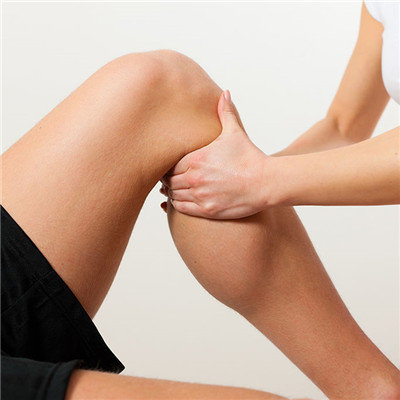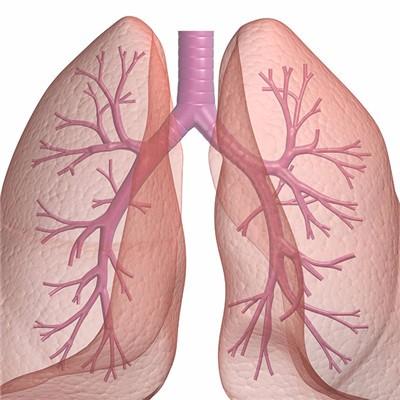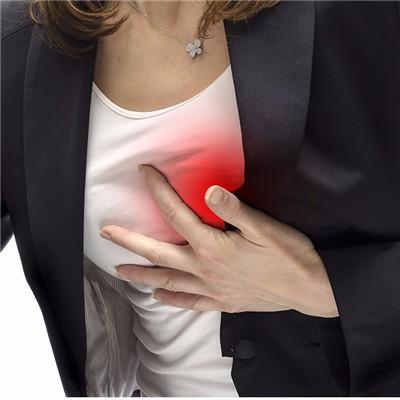Symptoms of fossa synovitis?
summary
The popliteal fossa is a rhombic depression in the posterior region of the knee. The outer and upper boundaries are biceps femoris, the inner and upper boundaries are semitendinosus and Semimembranous, and the lower, inner and outer boundaries are gastrocnemius medial and lateral head, respectively. The top of popliteal fossa (superficial) is the popliteal fascia, which is the continuation of the thigh fascia lata, and the downward movement is the leg deep fascia. Popliteal fascia is composed of longitudinal and transverse interwoven fibers, which are dense and tough. When suffering from popliteal cyst or popliteal aneurysm, the pain is obvious due to the limitation of popliteal fascia. From top to bottom, the popliteal fossa floor consists of the femoral popliteal surface, the posterior part of the knee joint capsule, the popliteal oblique ligament, the popliteal muscle and its fascia. Symptoms of fossa synovitis? Let's talk about it
Symptoms of fossa synovitis?
Most of the knee synovitis, is in the above various knee joint injuries and other circumstances, but also can be isolated or secondary to knee osteoarthritis, the latter is mostly elderly. Most of the young people have a history of acute knee injury. After injury, the knee joint begins to develop mild edema, pain, limited movement and claudication. Usually in 6-8 hours after injury, synovial fluid reaction, knee swelling, fever, dare not move.

It was found that the flexion and extension of knee joint was limited, squatting was difficult and accompanied with pain, and there were limited pressure pain points around the joint, and the floating patella test was positive. Chronic traumatic synovium, may not have obvious history of trauma, the main performance of knee weakness and limited activity, swelling continued, dare not squat. When the activity increased, it increased and decreased after rest. In the case of long-term illness, the hypertrophy of the knee joint capsule can be felt.

Synovium mainly distributed around the joint. It is communicated with the joint cavity and secretes lubricating fluid to lubricate the joint. Inflammatory reaction occurs when synovial membrane is stimulated or directly stimulated by various causes (such as bone hyperplasia, arthritis, joint tuberculosis, rheumatism, traumatic trauma, bone injury, intra-articular injury, peripheral soft tissue injury, surgery, etc.), and the response of synovial membrane to inflammatory stimulation is exudation and pain. Strictly speaking, as long as there is exudation and effusion in the joint, It is proved that synovitis exists; Its main manifestations are joint congestion and swelling, pain, increased exudation, joint effusion, difficulty in squatting and limited function.

matters needing attention
The drugs for synovitis are mainly divided into oral and external use. Topical drugs are anti-inflammatory drugs, which can relieve symptoms by eliminating inflammation, and have no therapeutic effect on synovial strain or trauma. The mechanism of oral medication is the same as that of external medication. There are few effective drugs for synovial lesions. When selecting drugs, patients should pay attention to screening and carefully check the functions and indications of the drugs. If it is indicated that pain, swelling and effusion caused by synovitis, it means that the drug has only the effect of anti-inflammatory and relieving symptoms.


















